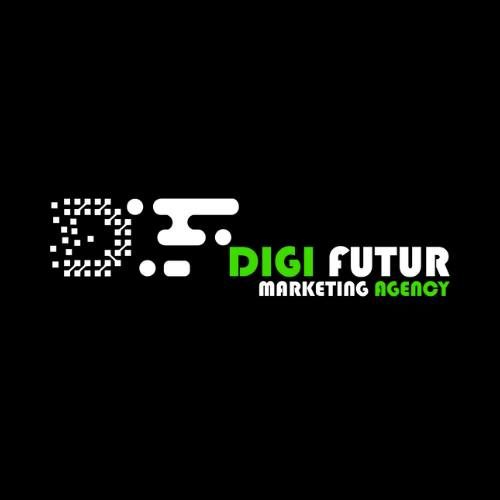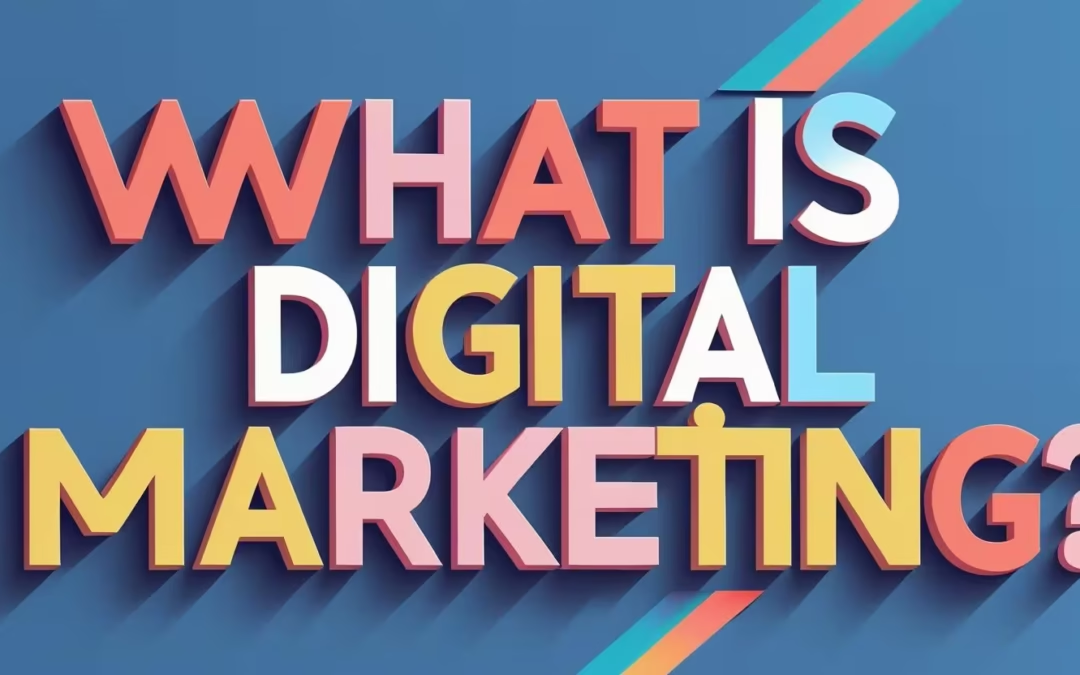
Graphic Designing is Over
The Myth of the “Death” of Graphic Design
“Graphic designing is dead.”
You’ve probably seen this clickbait headline trending on the internet. But is there any truth to it? Have artificial intelligence, automation, and template-based design really killed the creativity, strategy, and spirit behind professional design work?
Where did this idea come from?
The claim that “graphic design is dead” began to gain traction as AI-powered tools like Canva, Adobe Firefly, and DALL·E entered the market. Suddenly, anyone could create with just a few clicks. Businesses and marketers began to believe that they no longer needed a professional designer to create logos, posters, or social media graphics.
But convenience does not equal quality.
These tools are amazing, no doubt. But they are aids, not replacements. Templates cannot fully understand your brand, audience psychology, storytelling goals, or user experience needs.
Graphic Design in 2025: What Has Actually Changed?
Rather than being replaced, graphic design has transformed.
Here’s what’s different today:
1. AI is a Co-Designer, Not a Competitor
Designers are now using AI to speed up ideation, remove repetitive tasks, and experiment with concepts faster. But it still takes a creative eye to craft visuals that connect with human emotions.
2. Strategic Design is In Demand
Clients no longer want “just a good-looking design.” They want results. Designers today are expected to understand brand identity, conversion optimization, UI/UX principles, and even analytics.
3. Design Has Become More Accessible
Yes, the barrier to entry is lower. That’s a good thing! It allows businesses to handle small design needs internally. But for high-impact branding, marketing campaigns, and digital products, expert design is irreplaceable.
Why graphic designers are more valuable than ever.
Let’s be honest: not all design is created equal.
You can still look at Canva templates even if you don’t know how to design. But why is Canva so boring? The market is flooded with lightweight, low-effort content—which makes unique, custom designs stand out even more.
Here’s why businesses still hire skilled graphic designers in 2025:
Brand consistency: Professionals create consistent visuals that elevate brand recognition.
Conversion-focused design: Expert designers understand where to place CTAs, how to guide the eye, and how to influence action.
Multi-platform versatility: From websites to apps to packaging—designers know how to adapt visuals across a wide range of platforms.
Storytelling: Good design tells a story. It evokes emotion. That’s something no AI tool can fully replicate.
Graphic Design Isn’t Dead. Lazy Design Is.
What’s truly dying is uninspired design—graphics created with no understanding of context, culture, or strategy. Businesses are becoming more design-savvy, and consumers can instantly recognize low-effort visuals.
To stay relevant, graphic designers must:
Keep learning new tools and trends
Collaborate across teams (marketing, UX, product)
Develop a strategic mindset alongside visual skills
Embrace AI and automation without relying on them blindly
The Future Belongs to Strategic Designers
So, is graphic designing dead?
Not even close.
Design is more critical than ever in a world overflowing with content. What’s changed is the role of the designer—from pure artist to creative strategist. The ones who adapt, evolve, and stay curious will always be in demand.
At Digi Futur, we believe in design that performs. Whether you’re building a brand, launching a campaign, or scaling your e-commerce store—great design is still at the heart of great marketing.
1. Is graphic design still a viable career in 2025?
Yes, graphic design is still a highly viable and in-demand career in 2025. While AI tools have changed how designers work, they haven’t replaced the creativity, strategy, and brand thinking that professional designers bring. In fact, the role has expanded to include UX, motion design, and creative direction, making it more important than ever.
2. Has AI replaced the need for graphic designers?
No. AI tools assist with automation and basic design generation, but they lack the human insight required for strategic branding, emotional storytelling, and design problem-solving. Graphic designers now work with AI, not against it.
3. What is the future of graphic design in the digital world?
The future of graphic design lies in combining creativity with technology. Designers will increasingly take on roles that involve brand strategy, UX/UI design, motion graphics, and creative leadership—focusing on human-centered design that resonates across digital platforms.
4. Why do businesses still hire graphic designers when AI tools are free?
While free tools like Canva offer convenience, they can’t deliver a cohesive, professional brand identity. Businesses hire designers for their ability to create custom, high-converting, and emotionally engaging designs that align with business goals and market trends.
5. What skills should modern graphic designers learn to stay relevant?
To stay relevant, graphic designers should learn:
-
UX/UI design principles
-
Motion graphics & animation
-
Brand strategy
-
Copy and visual storytelling
-
AI-assisted design tools like Adobe Firefly, Midjourney, etc.
Soft skills like communication and creative problem-solving are also essential.
6. Is template-based design killing creativity?
Not necessarily. Templates can help speed up workflows and inspire new ideas, but over-reliance on them can lead to generic visuals. Creative designers use templates as a starting point—not a substitute—for original, brand-specific design work.
7. How has graphic design evolved in recent years?
Graphic design has shifted from print to digital, and now to intelligent and interactive experiences. There’s more emphasis on user experience, mobile responsiveness, accessibility, and design systems that scale across platforms and campaigns.



Recent Comments